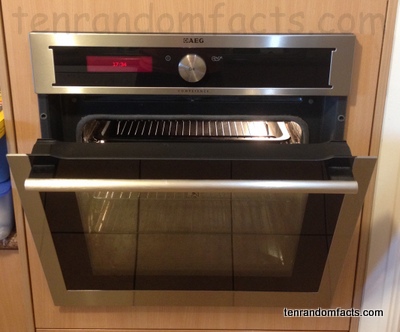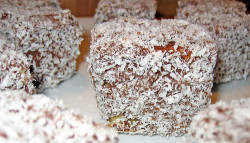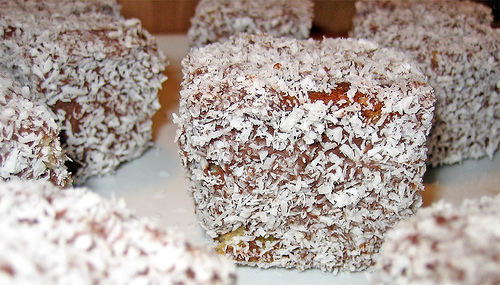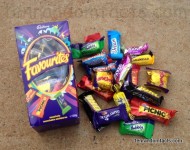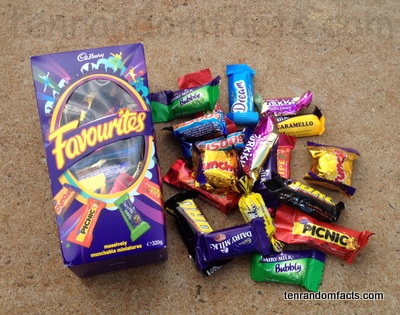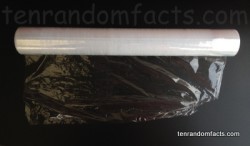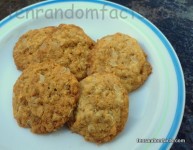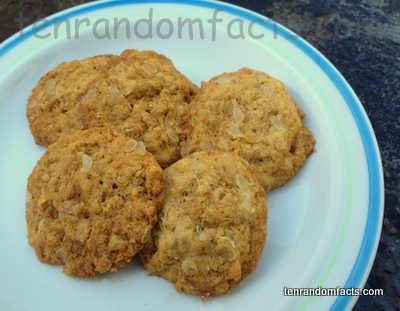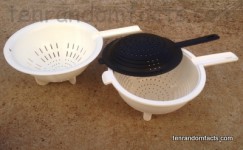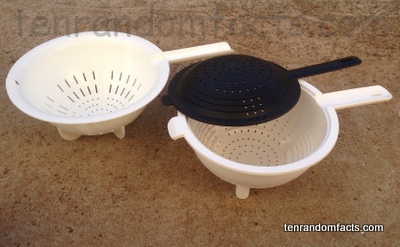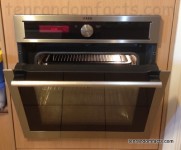
What would you do without an oven?
- An oven is an appliance that is mostly an enclosed compartment that has the primary purpose to cook food using a heat source.
- An oven made specifically for use in metalwork is known as a ‘furnace’, and one that is used to fire ceramics and other items is called a ‘kiln’.
- Ovens have been used for thousands of years, and evidence of their ancient use has been found in various locations in Europe.
- The heat source of ovens can be generated using coal, iron, wood, gas, microwaves, or, most commonly, electricity.
- Ancient Greeks used ovens mainly to make bread, and they also made small, portable ovens that were used as early as the 1600s BC.
- Ovens in modern homes are often situated in a custom-sized space in an open cupboard or wall, around waist height, and the appliance is often a rectangular prism in shape.
- In medieval Europe, the use of cauldrons and fireplaces were commonplace, while it wasn’t until around the 1700s when more practical and modern ovens became common, although they were often more like a stove.
- In recent times, there has been a resurgence of wood-fired ovens that are either purchased or made, and they are generally situated in outdoor living areas and are used to cook pizzas and baked goods.
- Modern style ovens generally feature a door, dials and other buttons to control the heat intensity produced, and sometimes other features are included, like ‘self-cleaning’.
- Ovens often produce heat from either the base or the top, and commonly feature a fan to spread the heat more evenly.
Bibliography:
Bellis M, History of the Ovens from Cast Iron to Electric, 2015, About Money, http://inventors.about.com/od/ofamousinventions/a/oven.htm
Oven, 2015, Wikipedia, http://en.wikipedia.org/wiki/Oven





